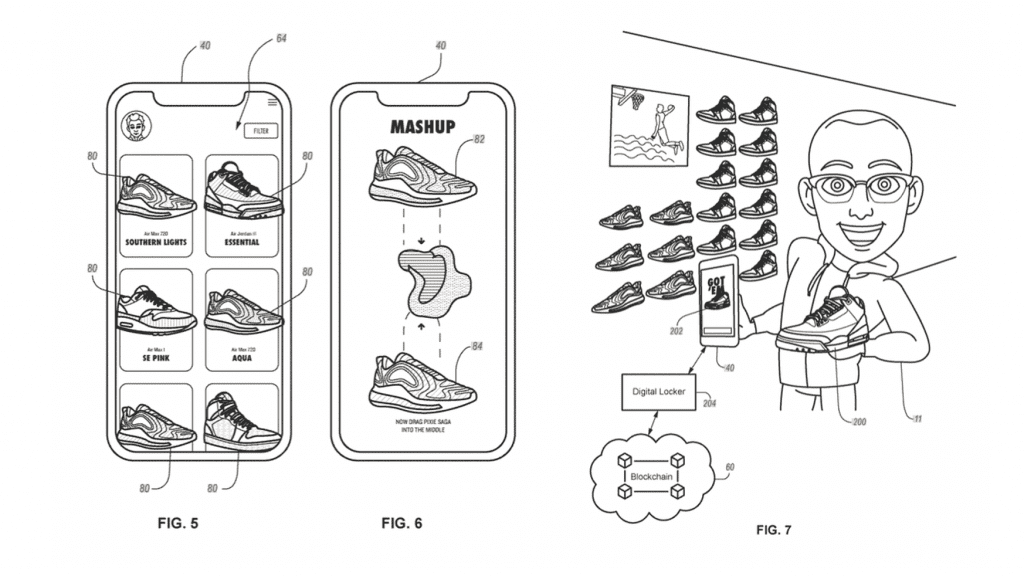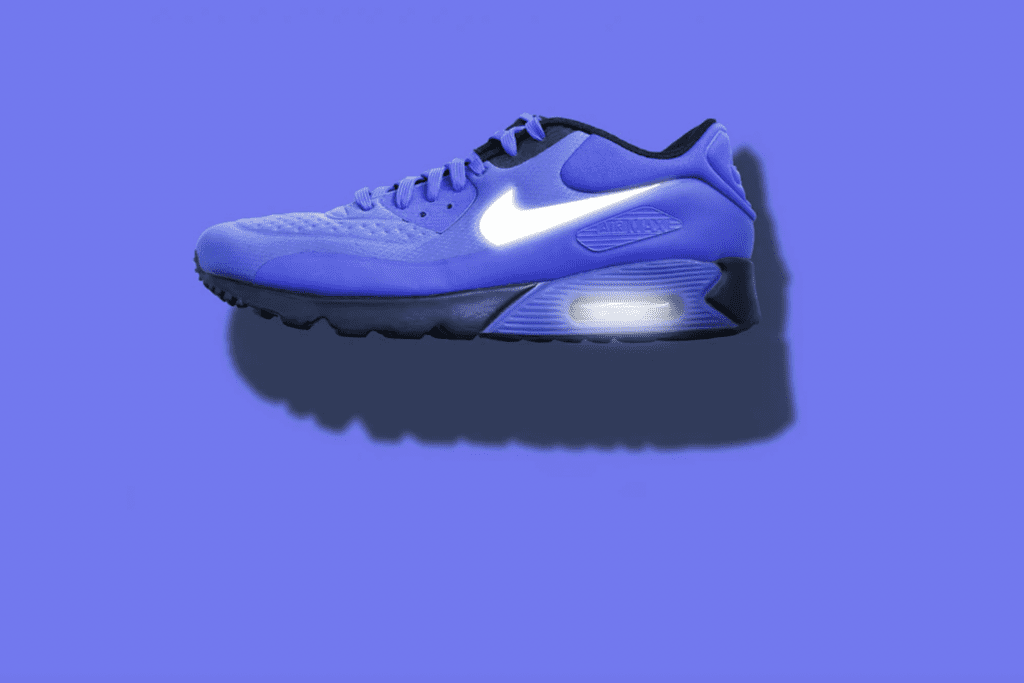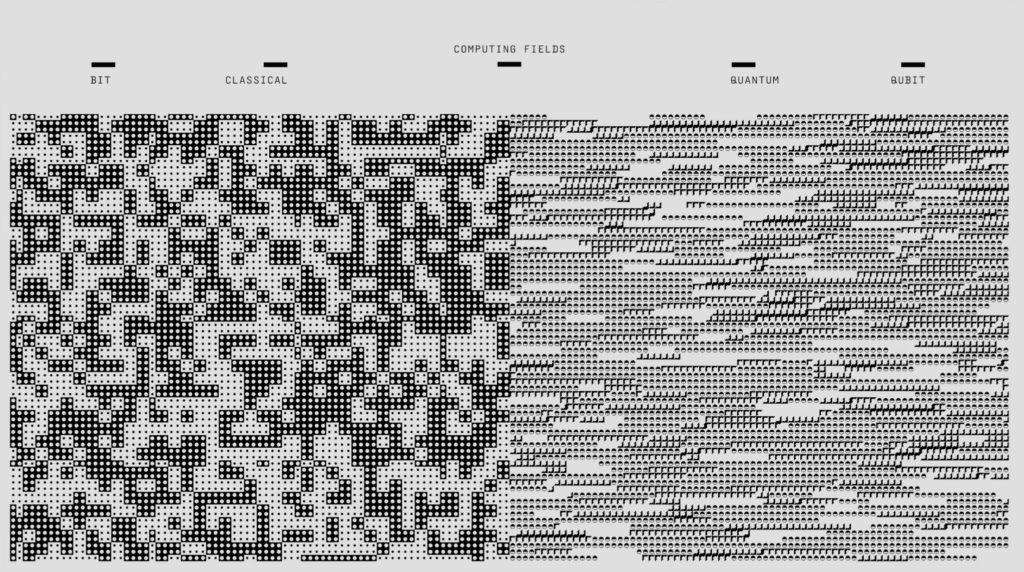It seems that every day a new non-fungible token (“NFT”) is sold for an ever-increasing amount of money; from the recent sale of the Nyan Cat meme by artist Chris Torres, which sold for $580,000 in February 2021 to the sale of a single digital pixel by artist Pak, which sold for $1.36 million in April 2021. More recently, in June 2021, Sir Tim Berners-Lee sold an NFT of what is the equivalent of an autographed copy of the source code for the world wide web for $5.4million.
Although the increase in interest regarding NFTs has stemmed from the tokenization of digital artworks, any unique thing – even physical assets – can be tokenized with an NFT. For this reason, it is possible that in the future, NFTs could be used as a valuable technological legal tool to authenticate unique items and to confirm provenance and originality.
NFTs are “non-fungible,” meaning each NFT is unique and cannot be replaced with a different item of the same kind. Contrast this against many digital assets, which are “fungible,” meaning that they are mutually exchangeable with a different item of the same kind and are equal in value. Fungibility is an interesting – and important – concept when it comes to NFTs, and people often incorrectly assume that if something is “non-fungible” it is unique and if something is “fungible” it is not unique. However, uniqueness and fungibility are different concepts. For example, one $20 bill is unique and is different from another. However, because they represent the same thing (value) and are readily interchangeable, they are said to be fungible. Put simply, you easily and evenly exchange one $20 bill for another.
On the other hand, however, if two people the same model of expensive sports car, they are not readily interchangeable (there could of course be all sorts of differences between them), thereby, making them non-fungible. The most important characteristic to remember about fungibility is the ability of the good or asset to be readily interchanged for another of a like kind, implying that they have the same value.
Fungibility in the context of blockchain and NFTs
While blockchain has more typically been used to create fungible cryptocurrencies, such as Bitcoin, where one Bitcoin is exchangeable for another Bitcoin, NFTs are different because they have a unique code and properties that are not interchangeable. An NFT is, therefore, non-fungible and enables the creation of – or pairing with – unique digital assets or identity, which enables NFTs to be distinguished from other tokens. Of course, a person may still own a separate copy of a digital asset that is linked to a specific NFT; they just do not own the copy with the unique NFT attached.
Because NFTs are non-fungible, they can be an important tool to create a market of scarcity, which in turn (just like physical assets) can drive up the value of an asset. The creator of an NFT can decide its scarcity by deciding whether there is only one NFT or a small number of NFTs attaching to one or a small number of assets. Having one or few NFTs creates a scarcity market, regardless of whether the asset can be or has been reproduced or copied, hence the likening of NFTs to “virtual Veblen goods.”
NFTs and immutability
Another important element of an NFT is that it is immutable, which means that they cannot be changed or amended in the future, giving creators of NFTs the power to determine the terms of each individual NFT. This enables, for instance, a creator of an NFT to facilitate that royalty fees are automatically paid to the creator each time someone re-sells the NFT, creating a secondary market. For example, Serwah Attafuah was one of the first Australian artists to sell an NFT of her work, with her piece “Voidwalker” selling for $2,000 in June. The NFT is programmed such that Ms. Attafuah retains 10 percent equity in it, and as a result, each time the artwork is re-sold in the future, she will automatically get 10 percent of the sales price.
This is a revolutionary feature for creators, as a secondary market was previously very difficult to enforce in the context of standard or “old world” contracts. Due to the immutability of an “NFT contract,” each time a NFT asset is sold between different parties, the parties cannot “contract out” of the equity that the creator has written into the NFT contract at the time the NFT was minted. NFTs also make it easier to control the authenticity of items by offering prospective purchasers a clear transaction history that can – at least in theory – be traced back to the creator.
All in all, NFTs stand to change the ground rules of ownership in a digital environment (and beyond), and potentially maximize earnings for creators.
Are NFTs also going to change technology transactions
While NFTs have mostly been used in the context of digital assets to date, they can be used to tokenize anything, meaning they could theoretically replace contracts, deeds and certificates of title. The tokenization of physical items has not yet developed as much as the tokenization of digital items, however, there have been some limited cases where NFTs have tokenized physical items. For example, Nike received a patent for the process behind the creation and use of NFTs called “CryptoKicks,” in furtherance of which the sportswear giant could attach an NFT to each pair of new sneakers purchased by consumers, which demonstrates the possible application of NFTs in the sportswear – and even the luxury fashion space.

It is possible that NFTs may transform other markets, as well, including perhaps the music industry, fashion industry, property market, diamond market or any other market where scarcity is a relevant factor. This is because the creator of an NFT can actually determine and set an item’s scarcity by deciding whether there is only one NFT or a small number of NFTs that are minted. Having one or few NFTs creates a scarcity market and drives up the value of the asset that is represented by the NFT, regardless of whether the asset can be or has been reproduced or copied.
NFTs also open new possibilities such as NFTs being used as collateral for loans and NFTs facilitating fractional ownership, where NFT creators can create “shares” for their NFT and give investors the opportunity to own part of an NFT without having to buy the entire thing. At minimum, it seems clear that NFTs present a new frontier for technology law and its current uses are just the tip of the iceberg of what is to come.
However, existing regulatory frameworks that may not yet be fit for purpose will continue to apply to the use of NFTs so creators, users and token holders should seek advice on the conditions of transfer and on any laws that may regulate the transaction that is being facilitated.
Hamish Fraser is the lead partner of Bird & Bird’s Australian IT and Communications Groups in Sydney, where clients are at the cutting edge of legal and regulatory developments in the region.
Natalie Yeung and Alex Gulli are associates at Bird & Bird in Australia.











